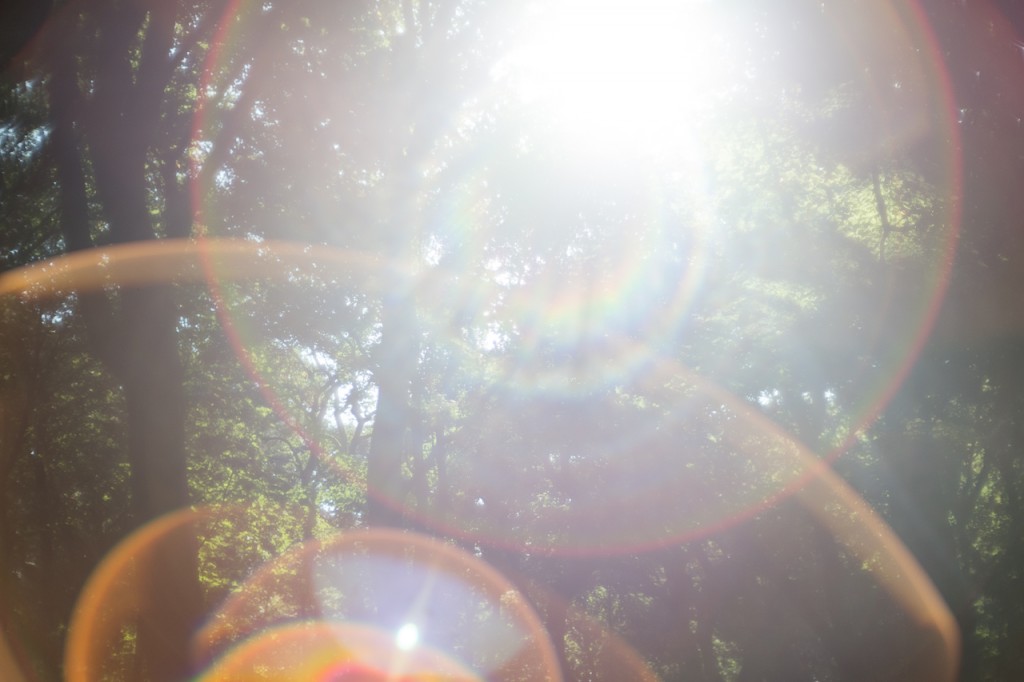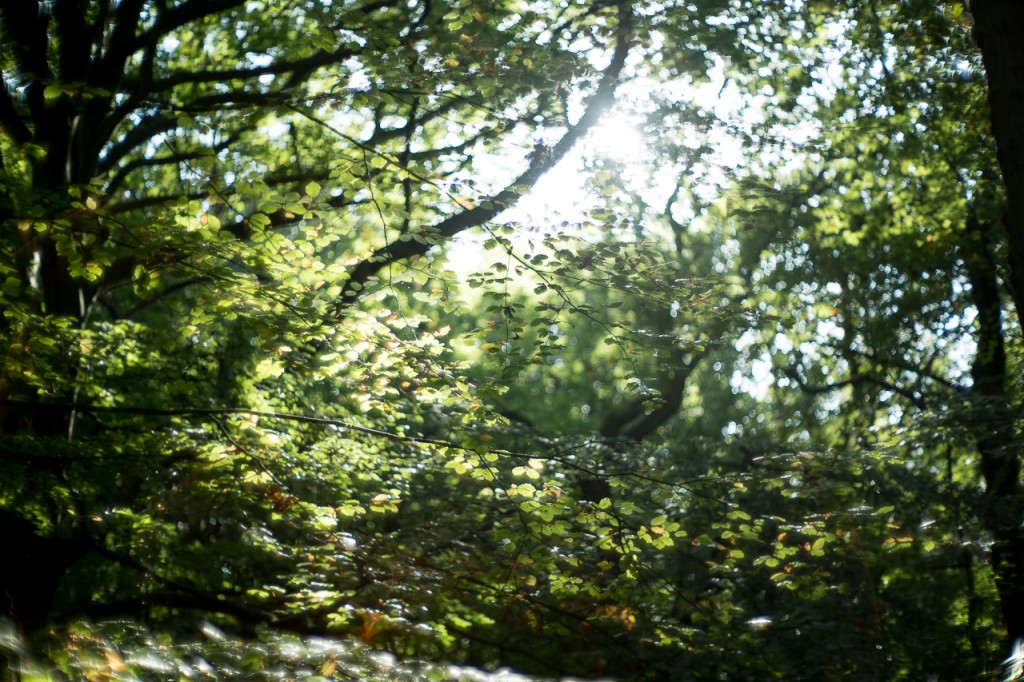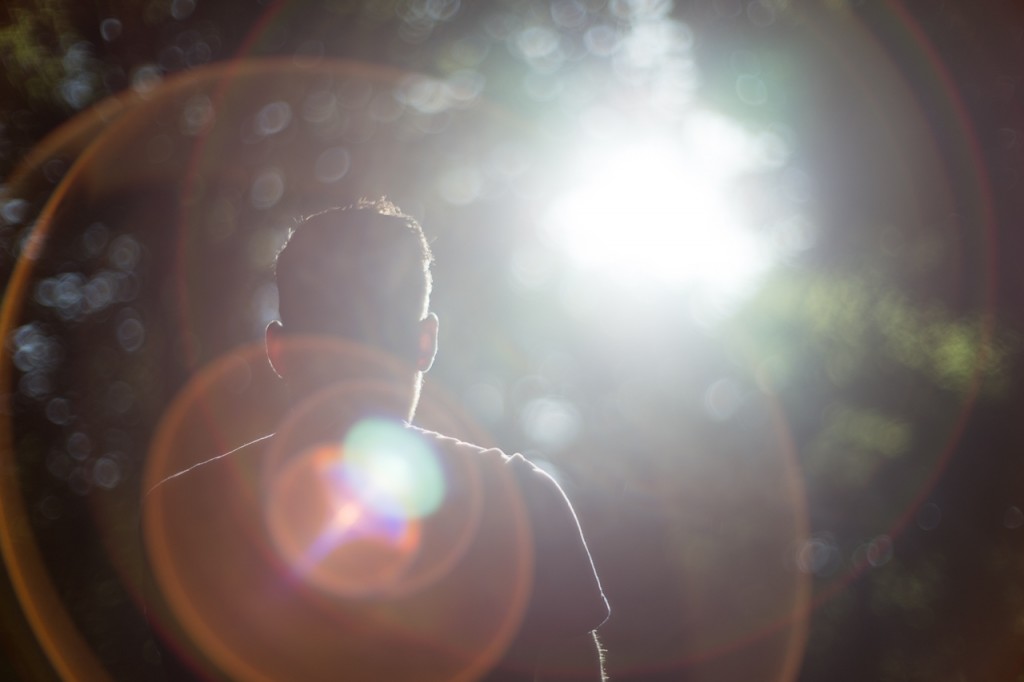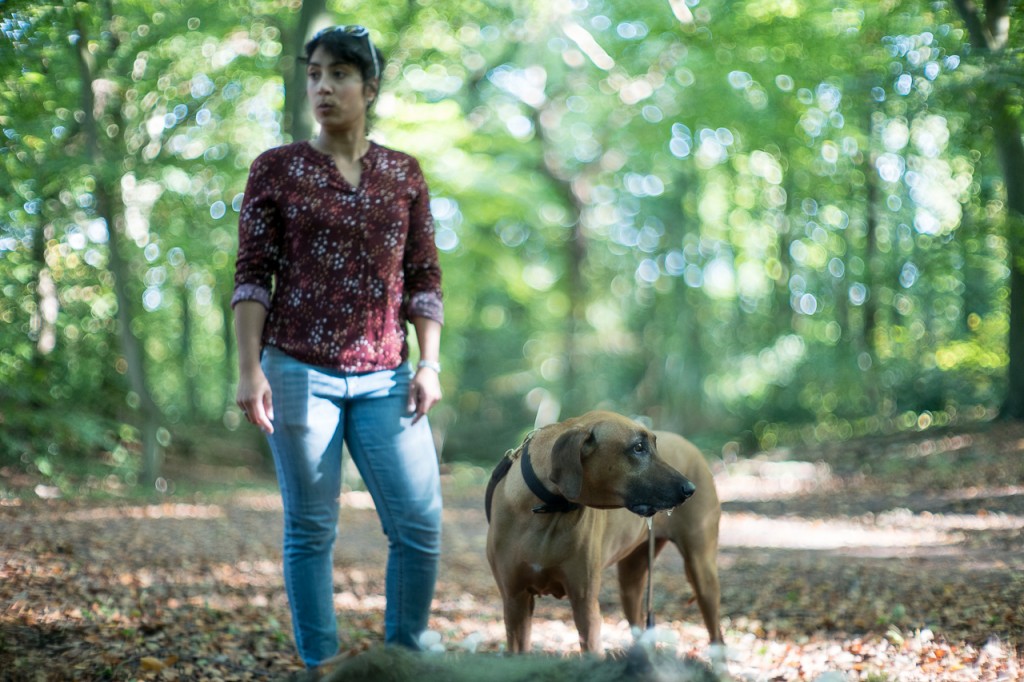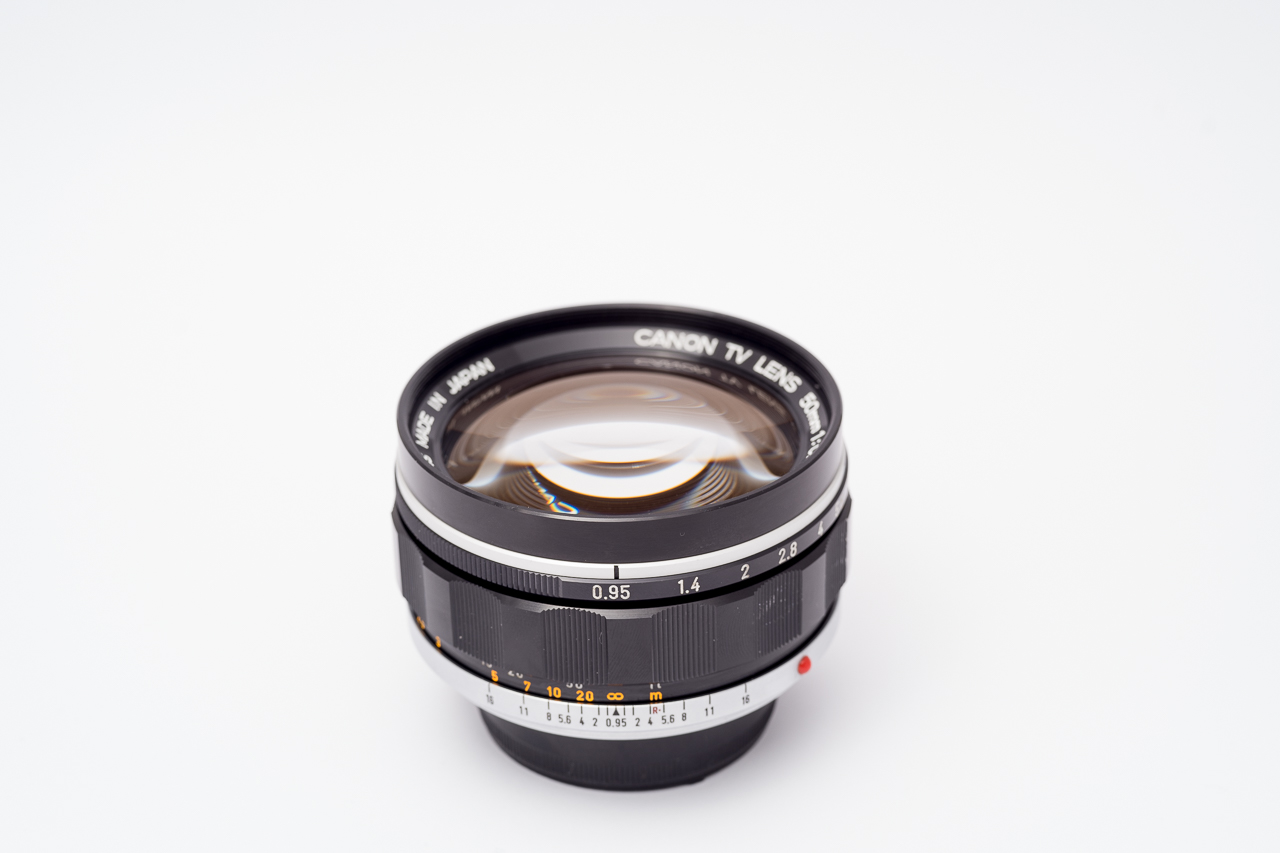The Canon 50/0.95 ‘dream lens’ has been on my wish list for quite some time and a few weeks ago my friend Maarten (The Analog Camera Store) asked me if I was interested to test this lens. He just got it back from an extensive CLA and he also had the mount changed to Leica M.
The lens came in pristine condition: not a single mark on the front lens element, virtually no paint loss and also the new mount looked great. Maarten told me that for this lens, the camera repair guy used the mount of the Noctilux. It had the Noctilux 6 bit code engraved and it looked like it was an original Leica lens mount, so I guess that’s the way to do a proper modification.
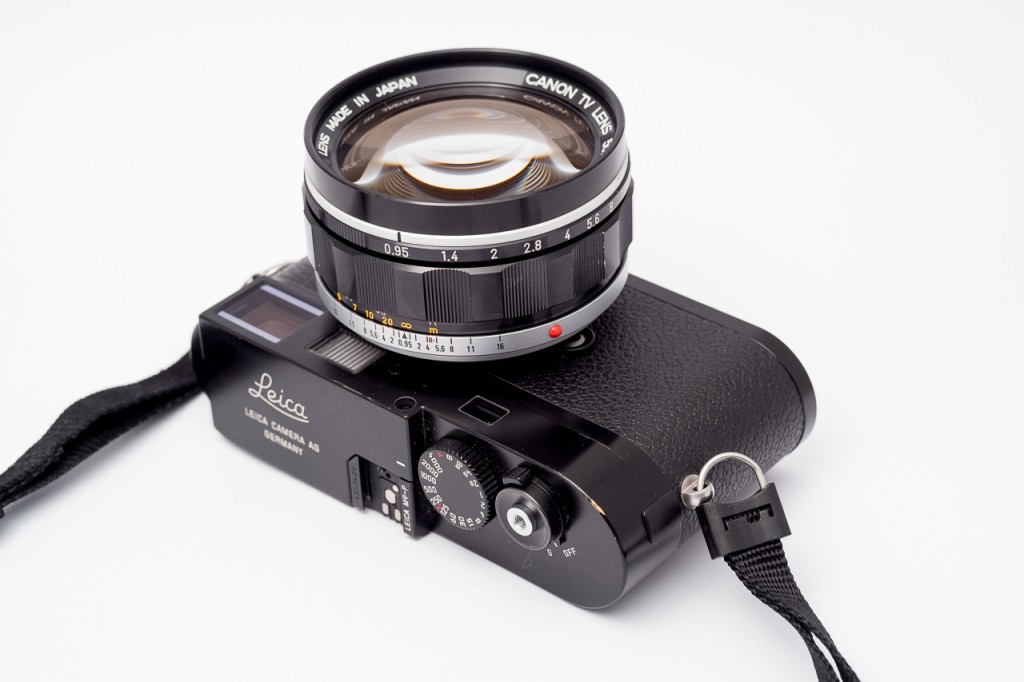
First impression: it’s big, but in a strange way. It’s shorter than the Noctilux, but also much wider. It’s so wide that you can only dismount the lens from your camera if you use a pen to click the decouple button, because your finger won’t fit between the lens and your camera. If you use it on the SL, which I recommend, it is much easier to dismount the lens.
So let’s get to the review!
First impression: it’s big, but in a strange way…
Build quality and ergonomics
The Canon 50/0.95 feels quite solid, even more so considering it’s not that heavy. The focus ring is smooth (more on that later), although there is a little play. The aperture ring is perfect: nice, firm clicks. Much better than the Noctilux if you ask me. Back to the focus ring: as you know I don’t like lenses with short focus throws, but the throw on this lens is very, very long. If you need to adjust focus from infinity to 1 meter, you have to ‘regrip’ the lens at least once. And that takes time. The throw on the Noctilux maybe a tad short, but it allows for much quicker alterations.
The focus throw on this lens is very, very long…
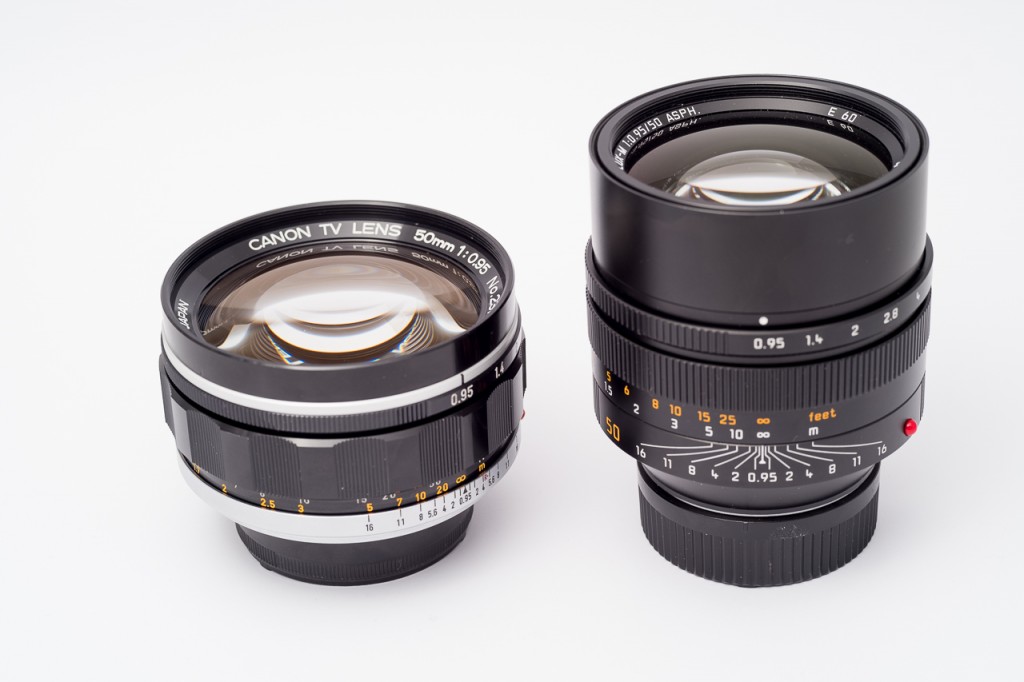
The benefit of a long focus throw is that precise focusing is easier. And with this lens, you’ll need that. More on that below.
Ergnomics wise: on the M it feels better balanced than the Noctilux does…
Ergnomics wise: on the M it feels better balanced than the Noctilux does, because of two things: first, it is not as heavy and, second, it is shorter, so the weight is closer to your camera. Having said that, I recommend to use this lens only on an M camera with live view. Even the smallest miscalibration of you rangefinder or the lens will result in photo’s that are out of focus. And if a picture is out of focus, you’ll notice…

Sharpness, bokeh and rendering
This is what matter most, right? The only reason to buy this lens is because it is a vintage 50mm lens that opens up to 0.95. I mean, you won’t buy it for shooting portraits at f8 (although you could actually). So, how good is this lens wide open? Well, that depends how you define ‘good’. If you compare it to the Noctilux it is inferior, from a technical point of view. The Canon has a lot of vignetting, spherical aberration and quite a bit of softness. On the other hand, it has a complete different signature. The Noctilux is sharp, contrasty, but maybe a bit too clinical for some. The Canon is anything but clinical. It has swirly bokeh, very rapid transitions from in focus to out of focus areas and it is gloomy, soft, romantic.
The Canon is anything but clinical. It has swirly bokeh, very rapid transitions from in focus to out of focus areas and it is gloomy, soft, romantic…
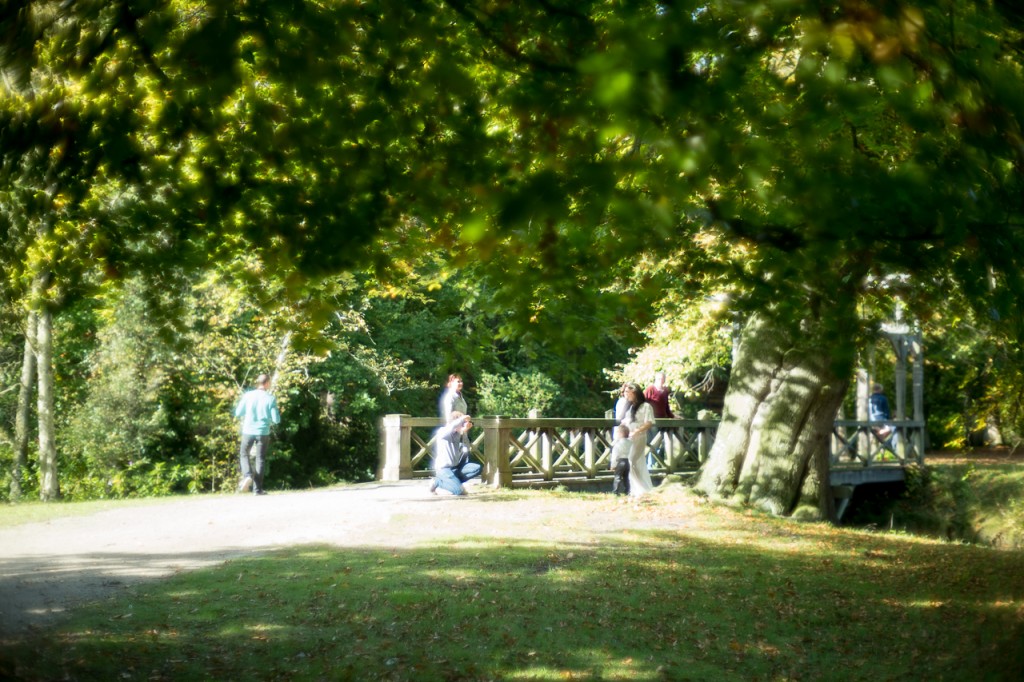
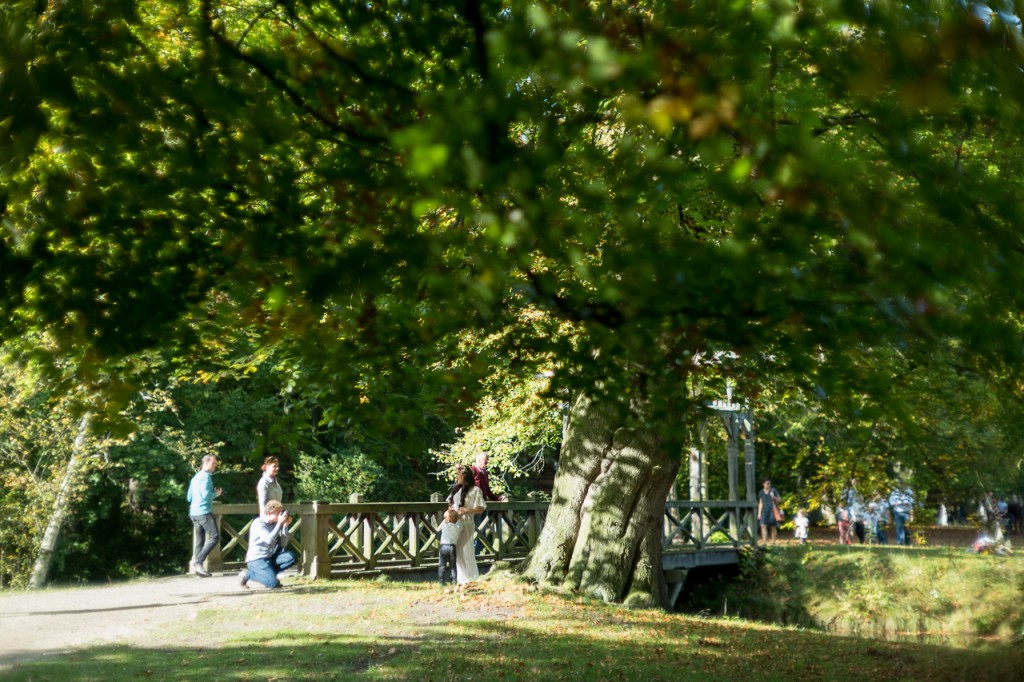
So, like I said, it isn’t very sharp wide open. Not really a big deal for me, though while I’m confident to use the Noctilux wide open for portrait assignments, I wouldn’t do so with the Canon. My clients might ask if there’s something wrong with the photo’s and I can’t bore them with stories about bokeh, character and other nerdy things. The Nocti can be risqué sometimes, the Canon is a no go. But fortunately there are many photographers who shoot for fun (keep doing that by the way, also if you’re a pro) and that’s where the Canon comes in. At least, if it works for you.
Vignetting is not something that I dislike in general, but the Canon has a bit too much of it…
Vignetting is not something that I dislike in general, but the Canon has a bit too much of it. The vignetting is so strong that stopping down from 0.95 to 1.4 makes the image almost brighter.
Bokeh is swirly, very ‘retro’, but also quite romantic. It’s far less predictable than the Noctilux and every time you try something with this lens, you might get surprised. That’s a good thing if you like to be surprised, but in general, I don’t like surprises on paid assignments.
Talking about surprises: shooting the dream lens against the sun isn’t the same as shooting a modern Summicron against the sun. Sometimes it flares a bit, sometimes it flares like hell and sometimes it doesn’t flare at all.
Sometimes it flares a bit, sometimes it flares like hell and sometimes it doesn’t flare at all…
Check out how this lens works with Fowley.
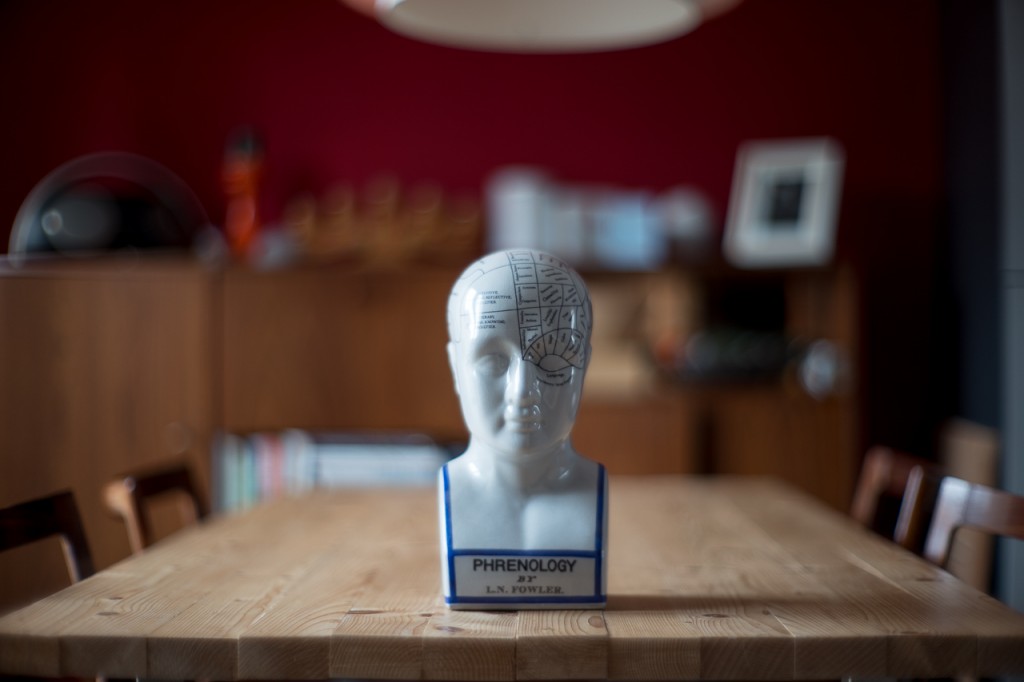
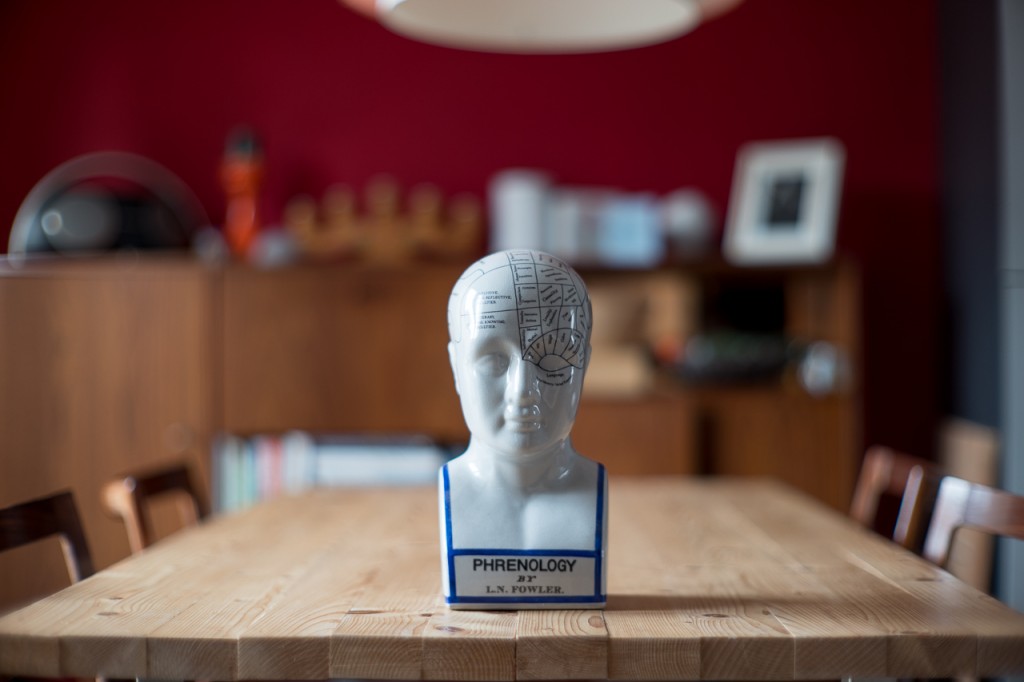


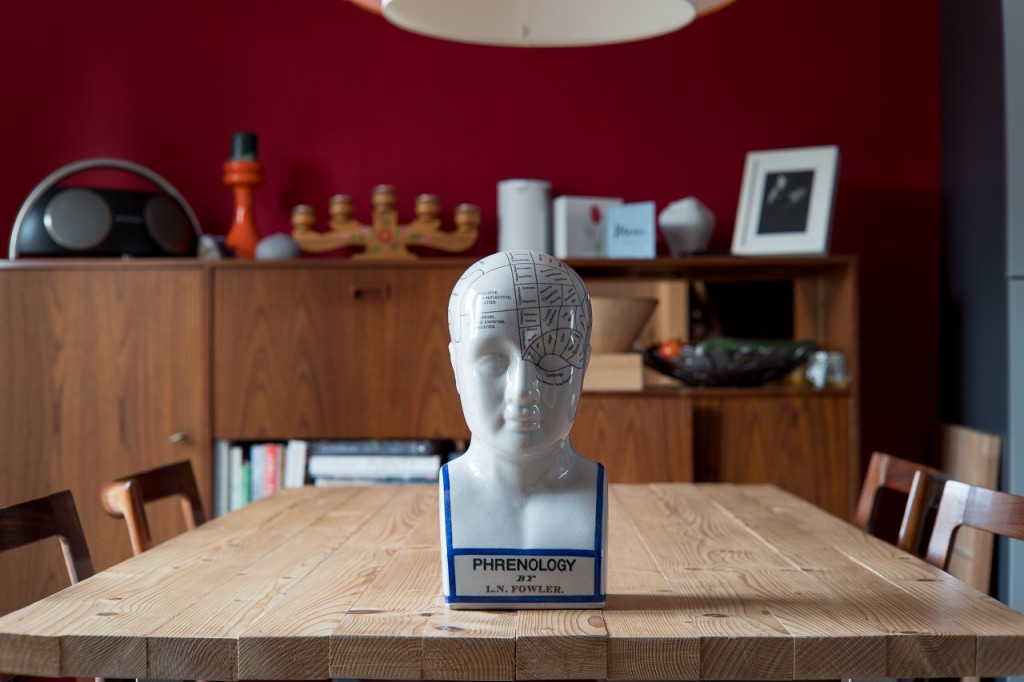

Conclusion
The Canon 50/0.95 is a very special lens. I completely understand why people are willing to pay the money for it. In fact, pure financially, this might be a better investment than the Noctilux. The Canon is no longer made and I seriously doubt that people will ever lose interest for the lens.
In fact, pure financially, this might be a better investment than the Noctilux…
If you want the razor thin depth of field of a 50/0.95 and you don’t want the (clinical) Noctilux 0.95, this lens is actually a good choice. However, the Noctilux f1 is not that much more expensive and offers probably better optical performance, with more ‘character’ than the Nocti 0.95.
I wouldn’t use this lens on the M9, unless you have a perfectly calibrated lens-camera combo. Live view solves most of the issues and makes it possible to use a non-rangefinder couples lens (like the TV version).
Would I buy it? Well, if I didn’t have a 50/0.95 already and I wanted a vintage arty lens, yes, I think I would. If I’d buy it, this specific lens would be the one that I wanted, because it is in perfect condition. Check out The Analog Camera Store to see if it’s still available or if Maarten can find another one for you.
